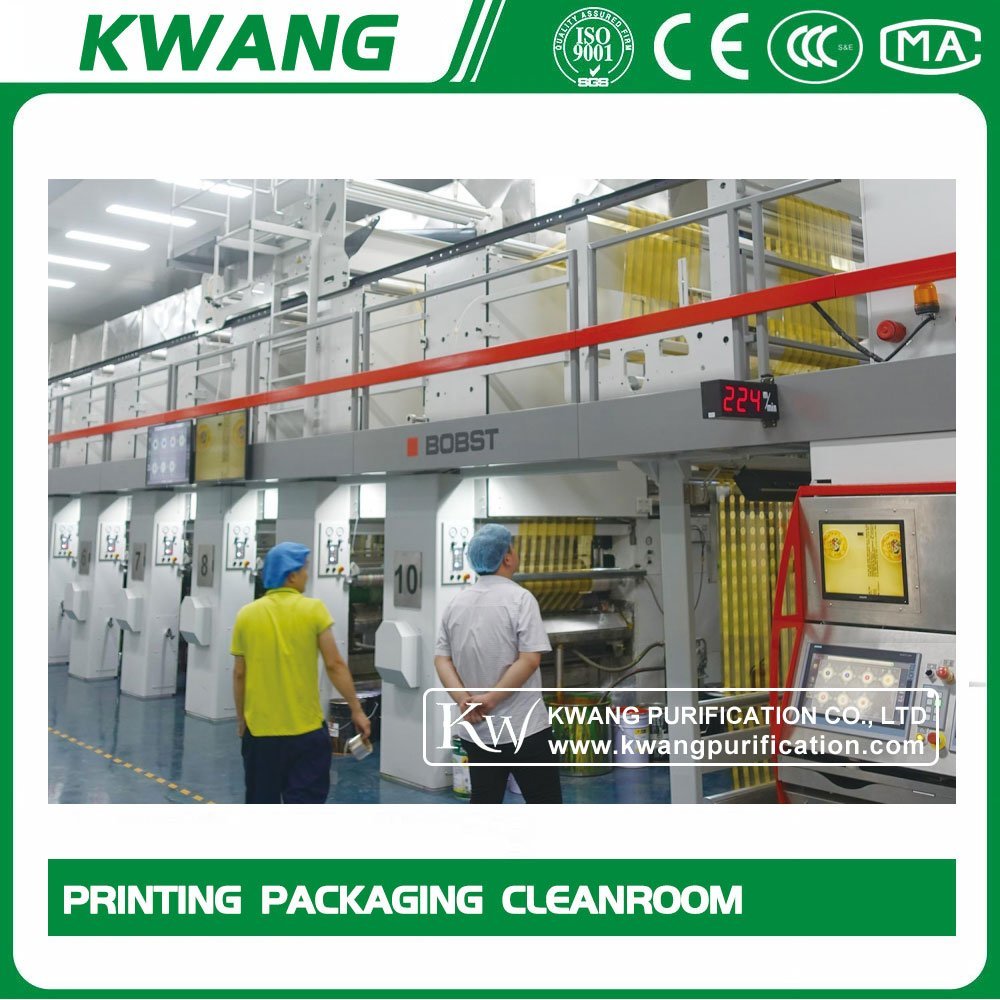How To Choose Gmp Pharmacy Cleanroom Door
The cleanroom door is different from ordinary home doors. It is beyond the reach of ordinary home doors in terms of performance, accessories, and manufacturing technology. Because of its superb and complicated cleanroom environment many customers have a headache in purchasing cleanroom doors.
Purchasing pharmacy cleanroom doors is a technical task that tests the knowledge and experience of buyers. Buyers need to compare data from multiple aspects when measuring their value. Of course, this alone is not enough to choose a high-quality cleanroom door.

Previously, wood, laminate, steel, and fibre glass were used in the pharmaceutical industry. Although some pharmaceutical plants still use ordinary home doors, GMP pharmacy regulations prohibit the use of wooden doors in many areas and few people see home doors in modern clean rooms.
Today, cleanroom doors have become a major choice in the pharmaceutical industry. In all aspects, the performance of cleanroom doors is much better than other home doors.
In fact, home doors perform poorly in terms of resistance to VHP and pharmaceutical disinfection, and many large pharmaceutical companies have begun replacing existing home doors with cleanroom doors before the end of their life cycle.
Cleanroom doors meet GMP requirements, and because of their smooth, seamless structure, they are easy to cleanroom and do not carry bacteria. Cleanroom doors that are not warped, rusted or rotten when exposed to prolonged disinfectants, chlorine release agents and VHP.
One of the biggest challenges in designing cleanroom doors for pharmaceutical cleanrooms is creating high-performance doors that are robust, lightweight, and easy to clean. These factors must be considered when designing cleanroom doors for all areas, but in cleanrooms, one of the most important considerations is the weight of the door. The core material is the most important factor in determining the overall performance of the clean door. The core material of the cleanroom door is paper honeycomb and aluminum honeycomb. The core material has the advantages of lightweight and large bending capacity. Common specifications of aluminum honeycomb: 0.045mm aluminum foil, aperture 20mm, side length 12mm.
The biggest complaint we heard from pharmaceutical customers about cleanroom doors is around ease of use. In response to the sagging problem of clean after a period of opening and closing. The fixed parts and lock body fixed parts change the traditional point connection into surface contact, which makes the cleanroom door more uniform and stronger.
Secondly, in the pharmacy cleanroom, the most critical point is the sealing performance, and the cleanroom door is no exception. Good sealing performance can maintain the cleanliness level, produce high-quality drugs, and create more value and profit. A door strip and a door frame are provided with a sealing strip, and the double-layer seal is more reliable.
After testing by the National Construction Engineering Quality Supervision and Inspection Centre, the positive and negative wind pressure ratings reach level 6, which is more suitable for some clean environments with stricter sealing requirements.
Considering the life cycle cost, the cleanroom door is very susceptible to damage during construction and opening and closing and requires regular maintenance to ensure that it does not affect cleanroom performance. Similarly, if the cleanroom door is damaged by impact, it can easily sag. Any repairs/replacements must be done during the very expensive facility shutdown, and time is at a premium.

 +86 13921198925
+86 13921198925 katherine.wang@kwangpurification.net
katherine.wang@kwangpurification.net 8613921198925
8613921198925






